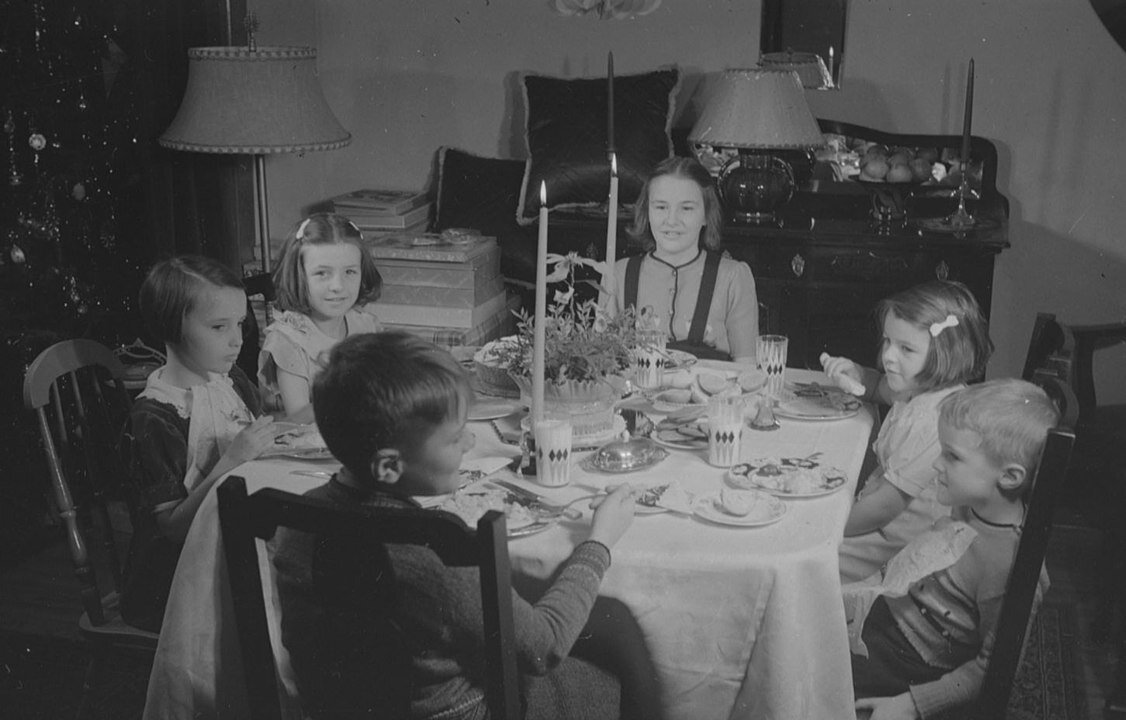Genealogy for Everyone: How to Make Your Research Understandable to Non-Experts
/Genealogy for Everyone: How to Make Your Research Understandable to Non-Experts
Organizing and presenting genealogical information in a way that is accessible and understandable to someone who is not an expert in the field can be a challenging endeavor, but there are some effective strategies that can be used to make the process easier and more successful.
One of the most important considerations when presenting genealogical information is to keep it simple and easy to understand. This means avoiding technical jargon and using clear, concise language that is appropriate for the intended audience. It can be helpful to provide explanations and definitions for any specialized terms or concepts that may be unfamiliar to the reader, in order to ensure that they can follow along and understand the information presented.
Visuals can also be an effective tool when organizing and presenting genealogical information. Genealogical charts, timelines, and family trees can all be helpful in illustrating relationships between individuals, and can provide a quick and easy reference for readers to follow. These visuals can be made even more effective by using color-coding and other design elements to differentiate between different generations or branches of the family tree.
It is also important to be organized and consistent when presenting genealogical information. This means creating a system for organizing and naming files and documents, so they can be easily located and accessed later on. Consistent formatting, such as using the same font and spacing throughout a document, can also help make the information more visually appealing and easier to read.
In addition, it can be helpful to provide context for the information presented. This means providing historical or cultural background on the time and place in which your ancestors lived, as well as sharing personal stories and anecdotes that help to bring the individuals to life. Sharing photographs and other visual materials can also provide a glimpse into the lives of past generations, making their experiences more relatable and human.
One of the most important things to keep in mind when organizing and presenting genealogical information is to make it meaningful and engaging for the reader. This means focusing on the personal stories and human experiences behind the information, rather than simply listing names, dates, and facts. By providing a sense of the individuals behind the names, you can help make the information more memorable and emotionally resonant for the reader.
In conclusion, organizing and presenting genealogical information in a way that is accessible and understandable to someone who is not an expert in the field requires a careful balance between technical accuracy and readability. By keeping the language simple and clear, creating effective visuals, being organized and consistent, providing context and personal stories, and creating engaging content, it is possible to make genealogical information accessible and understandable to someone who is not an expert in the field.
For more valuable insights and guidance on recording your family history, we invite you to visit our "Lights Camera Ancestry" video series. Through our videos on the SSFDocumentary YouTube channel, Silver Screen Family provides a wealth of information covering genealogical topics and expert tips on how to record and preserve your family's history.
Don't miss out on the opportunity to create a lasting legacy for your loved ones. Join us on Silver Screen Family's YouTube channel and embark on an exciting journey of capturing and sharing your family's remarkable stories. Together, let's celebrate the power of family and the enduring value of preserving our shared history.
To discover what good things you have learned from your parents click here.
To discover whether we should record dark family histories click here.
To learn how to back up our old photographs click here.
To learn more about the Trafalgar Cemetery, Gibraltar, click here.





